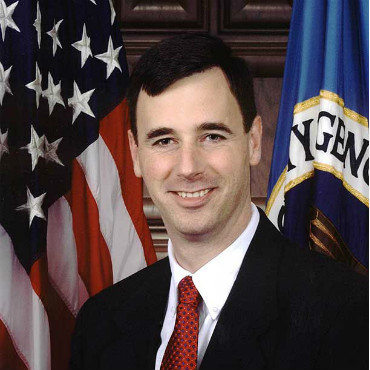White House to target 'weakest links' in federal networks

The executive order on cybersecurity heralds big changes for federal networks, said the White House cybersecurity coordinator.

White House cybersecurity coordinator Rob Joyce is going after weak links on federal networks.
Rob Joyce, the White House point man on cybersecurity, said the recent executive order on cybersecurity signed by President Donald Trump means that federal networks are going to be treated with new relevance and that government is going to take a harder look at eliminating weak links in the chain.
"We operate those networks. In some places, they're antiquated, they're indefensible," Joyce told a May 18 meeting of the President's National Security Telecommunications Advisory Committee.
Joyce, who was a top National Security Agency official before joining the Trump administration, said the executive order gives officials a platform for action and innovation. He is looking to accelerate the move to the cloud and "take individual departments and agencies and bring them under the umbrellas of larger managed service providers who can do this at scale."
Joyce suggested the Office of Reclamation as an example, noting that it has a small IT budget but is charged with protecting important data about the nation’s water supply.
"They are not going to have the MIT, Carnegie Mellon or Stanford recruits" to their IT department, he said, because of competition from the private sector and more sought-after cybersecurity jobs in government agencies like the Department of Homeland Security or the NSA.
"If we allow individual departments and agencies to fend for themselves, we will often get the lowest common denominator as our weakest link in what is an interlinked federal network," Joyce said.
He added that he was looking to eliminate the use of out-of-support commercial technology in the federal enterprise, calling Windows XP an example of an operating system "that should no longer be in our inventory." He cited the continued reliance on obsolete technology as a decision, rather than inertia.
"Whether that decision is driven by budget or driven by inattention, it's something we've got to identify and drive out," Joyce said.
NEXT STORY: How Well Does Twitter Know You?



